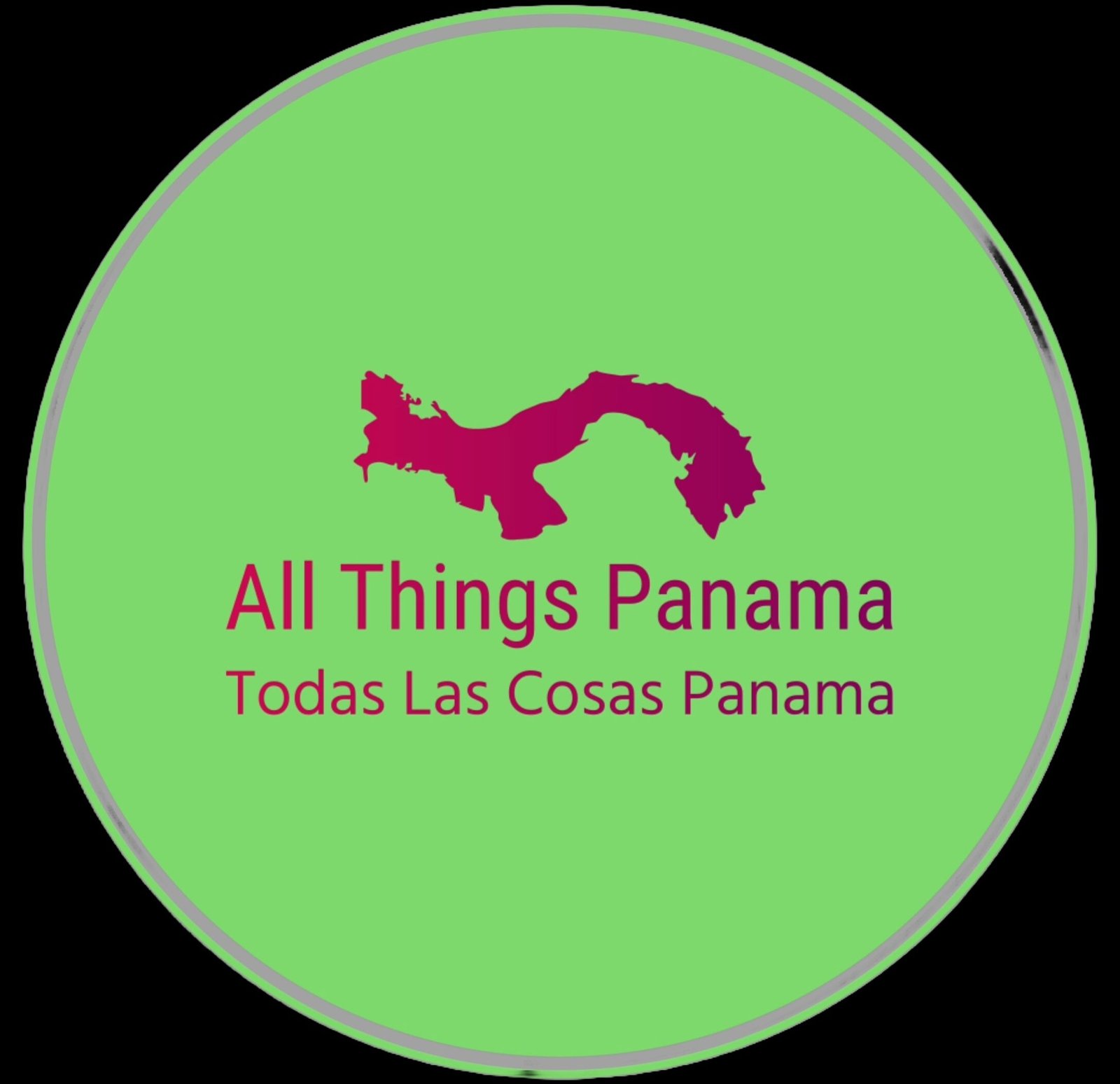To change your mind on previously strongly held convictions can be viewed in two different lights. You’re either an open-minded individual that allows new information to influence their beliefs or you’re a flip-flopper of the first degree whose opinions depend on the way the wind is blowing. I’m not sure if I’m open-minded or a flip-flopper, but I must admit I’ve had a change of heart recently.
For years I raged against anyone who dared to set their camera traps to photo mode. Why on Earth would you do that? At this point every camera has the ability to record video. Videos not only give the animal more time to align itself directly in front of your camera for easy identification but also allow you to see your subject interacting with its environment. A photo shows an instant of animal in its natural environment and a video allows you to actually see what the animal is up to. Up until very recently, this is a hill I would have died on.
My change of heart happened after meeting Jeevan Vridhan. Jeevan is a wildlife photographer who specializes in DSLR camera traps. I was going to tell you what DSLR stands for, but I looked it up and it’s a nightmare. What you need to know about these camera traps is that they are like the regular camera traps that I have except on steroids.
They consist of a very nice camera that a photographer would actually use, which is then placed inside of a weather-proof box that is connected to a motion sensor and several flashes. When an animal passes in front of the motion sensor, it triggers the camera and flashes simultaneously hopefully producing a National Geographic-esque, super high-quality photograph.
Jeevan has been working in India for years where he uses his camera traps to photograph all sorts of interesting wildlife including elephants and tigers. He has a list of species in Costa Rica that he would like to photograph, so we have been working together for the last several months to find the animals that he is interested in.
After a few months spent scouting locations with traditional camera traps, we picked two promising spots and deployed two DSLR camera traps. I set them up with the help of another biologist named Benjamin Luke who has a lot of experience with these cameras through a project he founded called The Wild Cat Imaging Project, and then it was time to wait for the animals to start taking pictures of themselves.
After the first hike to review Jeevan’s cameras, I quickly learned two things. First, I kind of stink at DSLR camera trapping. It’s more complicated than what I’m used to, and I had the focus all messed up. Additionally, we are on the hunt for perfectly centered, perfectly focused photos and the wildlife of Costa Rica seem uninterested placing in themselves in the right spot. Second, I’m a huge flip-flopper. Even though they aren’t videos, as soon as I saw the first few results, I felt that little happy twinge in my heart just like I get when I review cameras and see a perfectly wonderful video.
We’ve only just started the DSLR camera trapping a few weeks ago but I made a little video of the photographs we’ve captured so far. I’ll start with the bad and work toward the good. First, you’ll see a photo of us just missing a female jaguar and then you’ll see a photo of the tiniest juvenile jaguar I’ve ever recorded. This photo is a little heartbreaking because I had the focus messed up, but it was enough to spark my love of this method of photography. After the jaguar near-misses, you’ll see a picture taken of the camera being knocked over by a crazy flood and then some pictures of the sideways camera being triggered by a Baird’s tapir.
Finally, you’ll see a few photos that actually worked out pretty well. The focus was right, and you can appreciate the details of the animals in the pictures. I’m still learning this new method of photography and I hope to be able to share some more pictures of our great success in this project in the future. Until then, enjoy the video below.
About the Author
Vincent Losasso, founder of Guanacaste Wildlife Monitoring, is a biologist who works with camera traps throughout Costa Rica
The post Costa Rica’s Wildlife and the Camera Trap Method That Won Me Over appeared first on The Tico Times | Costa Rica News | Travel | Real Estate.
